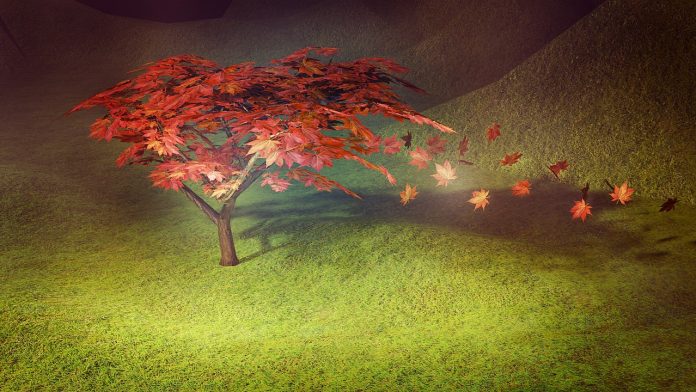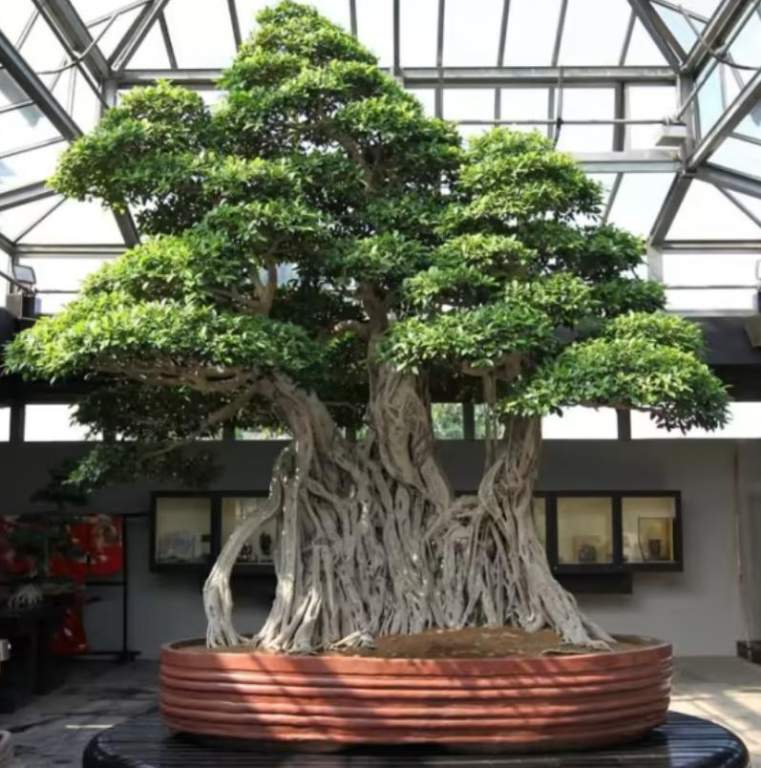Japanese maple bonsai?
If you want to grow Japanese maple bonsai with an easy-to-follow process for success, keep reading this article! A bonsai is a tree or shrub that has been trained in the art of growing in a container. It is also called “pending,” which means ‘planted work’ in Chinese. Japanese Maple Bonsai, also known as the Japanese Maple Penjing Tree, is a deciduous and maple-like tree that originates from Japan.
It is grown to create small plants that are approximately the size of a small houseplant. The bonsai tree has been used by many world cultures and religions throughout history, but it gained its name through its use in Buddhist temples, although this practice was started by Chinese Buddhist monks over 2500 years ago.
A Japanese maple bonsai is a popular tree species in Japan. It has thin, needle-like leaves that touch the ground and are shaped like maple leaves. Japanese Maple Bonsai plants have a unique characteristic: their leaves die and drop off at a certain age, while they continue to live. This allows people to create new ones from the old ones. A Japanese Maple Bonsai is also known as an Evergreen Tree because its leaves continue to grow even after they fall off over time as it branches out more and more.
Growing the Japanese Maple Bonsai
First and foremost, bonsai is a plant art practice. It involves pruning, training, and shaping different kinds of plants into miniature trees. In my opinion, bonsai is an art that requires great patience. It is about growing a living work of art with the help of great care and attention to detail. Many bonsai practitioners are devoted to the cultivation of this beautiful plant art form in order to create an aesthetic wonder.
Bonsai has been passed down from one generation to the next for centuries in Japan and all over Asia, where it originated. Japanese maple trees are also known as Acer palmatum. These trees are usually characterized by bright orange flowers that are quite stunning. Their other features, like small leaves, dense foliage, and tight branching, make them a great specimen for bonsai enthusiasts.
Growing a bonsai tree can be quite difficult and time-consuming, but it’s worth the effort if you want to watch your maple tree grow into something beautiful! The Japanese maple is a popular bonsai tree, but not everybody knows how to grow one. Growing Japanese maple bonsai is an exciting hobby full of creative satisfaction and reward. The idea of taking a sapling, trimming it down, and watching it grow every day is undeniably captivating.
How To Choose the Best Type of Japanese Maple Bonsai For Your Home?
Bonsai trees are always a beautiful addition to any home. They are also good conversation starters that can brighten up the day. But picking the right type of bonsai is hard work, so we recommend you ask someone who knows this trade first and then choose from there.
There are many types of Japanese maple bonsai trees available in the market today, but before you go out and purchase one for your house or your office, you have to take some time to think about what kind of aesthetic and personality you would like for your home.
If you want a bonsai tree that will stand out amidst its peers with an eye-catching shade of green leaves and fine branches, then a parson-pale Japanese maple is for you. Bonsai has been regarded as a skillful art that needs patience and devotion. However, it’s not always easy to find the right bonsai for your home. There are more than 700 species of bonsai, so it can be overwhelming to try to figure out what type of bonsai you should get.
Some people appreciate having bonsais in their homes. The popular types of bonsais that people put in their homes include fiscus, bonsai, and juniper. In general, the type of bonsai you will want to put in your home is determined by the room they is going to be placed in. For example, if you want to put a Japanese maple or a Chinese elm bonsai in your living room, then you would need to purchase an Oriental Spoonwood bonsai or a Chinese elm bonsai, respectively.
When thinking about bonsai for your home, you should consider the type of space you have. In a small living room with limited space, a dwarf pine is a perfect fit. If you are looking for something in the living room that will take up less space, then consider an emerald green juniper or an outdoor juniper. If you have plenty of space to grow your bonsais indoors and outdoors, then consider planting fruits or vegetables in pots or hanging baskets to provide natural food for your bonsais as they grow.


